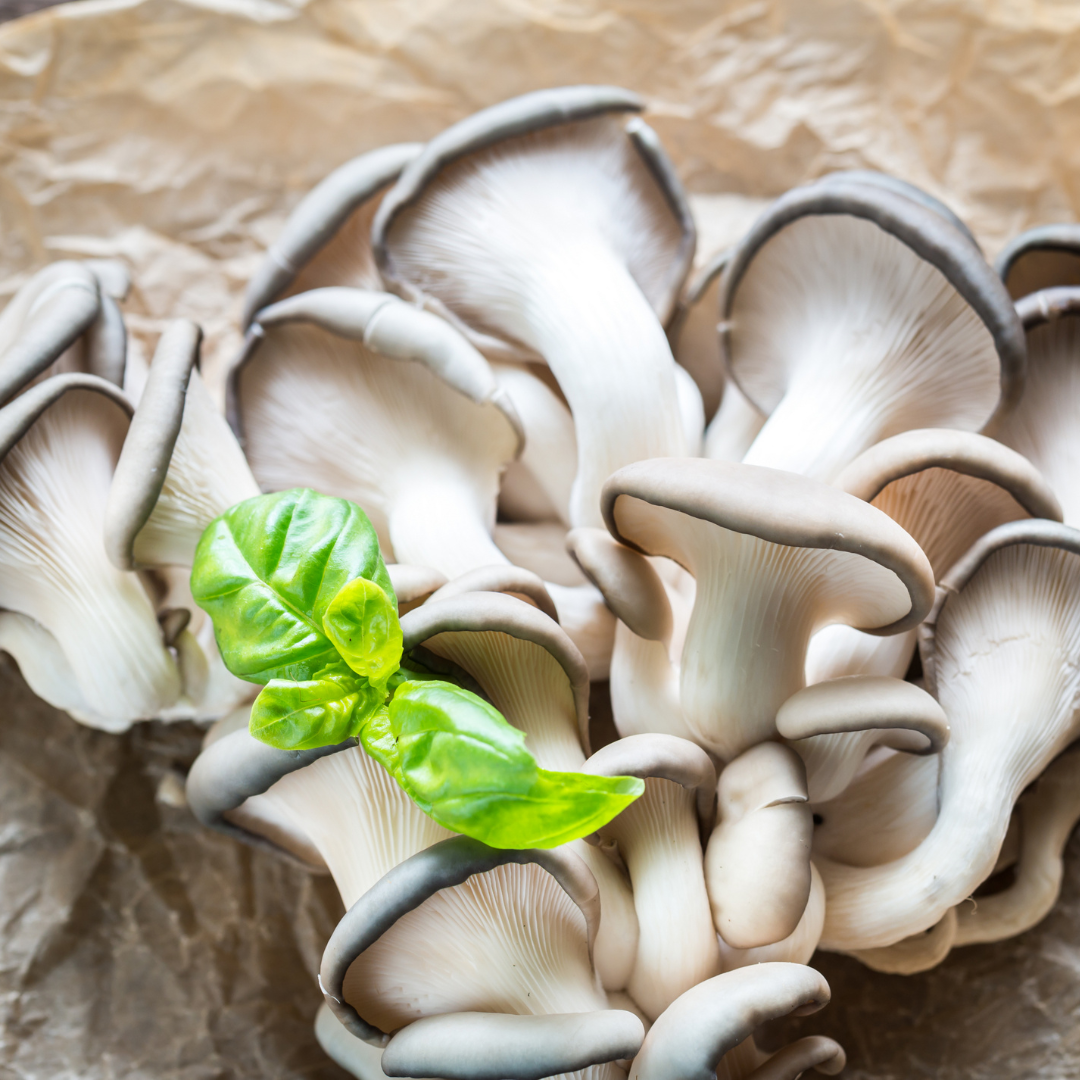The Journey Leading Me to Gourmet Mushrooms
In the summer of 2022, my journey into the fascinating world of mushrooms began with a seemingly unrelated venture—a garden. Living in the rugged beauty of the Sandia Mountains in central New Mexico, perched at an elevation of about 7200 feet, presented unique challenges for cultivating plants. With limited water resources and the harsh conditions associated with higher elevations, my initial attempt at gardening proved to be a one-year endeavor.
As the fall of that year unfolded, the landscape underwent a transformation. Storms swept through, generously drenching the terrain with rain. Despite my gardening setbacks, nature had a surprise in store. Thousands of mushrooms began to emerge across the property, turning the once barren soil into a thriving fungal haven. The sheer excitement and curiosity sparked by this fungal display led me to reconsider my gardening ambitions, redirecting my focus towards the intriguing world of mushrooms.
In my quest to understand the art of cultivating mushrooms, I stumbled upon a serendipitous connection with my long-standing involvement in the wood business. With decades of experience in this industry, I realized that sawdust, a byproduct of wood processing, could serve as the perfect medium for growing mushrooms. This revelation marked the beginning of a symbiotic relationship between the wood business and mushroom cultivation.
Armed with sawdust, I embarked on the journey of mushroom cultivation, witnessing the magic unfold as my fungal companions effortlessly transformed the sawdust into nutrient-rich compost. This compost, in turn, became a valuable resource that could be returned to the earth, completing a perfect cycle that supports plant life. The mushrooms, with their innate ability to break down sawdust and contribute to compost creation, became integral players in this sustainable and regenerative process.
Moreover, as a conscious effort to minimize our environmental footprint, the production process embraced the use of biodegradable bags and incorporated byproducts from other industries. This not only enhanced the sustainability of mushroom cultivation but also played a role in reducing waste in landfills.
In essence, what began as a gardening setback turned into a harmonious journey with mushrooms, intertwined with the principles of sustainability and environmental stewardship. The mushrooms, fueled by sawdust and nurtured in a cycle of give-and-take with the earth, have become more than just a cultivation project—they have become a testament to the intricate dance between nature, industry, and the commitment to a greener future.






